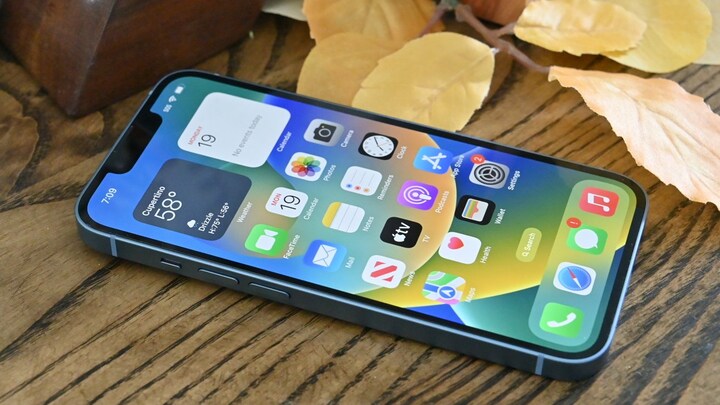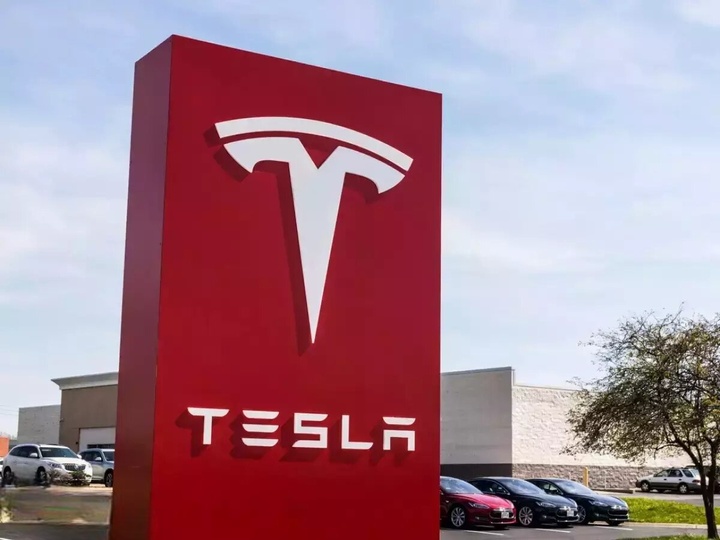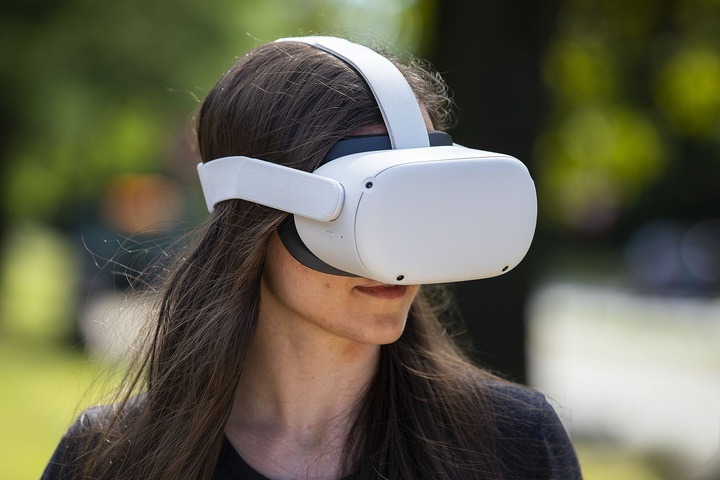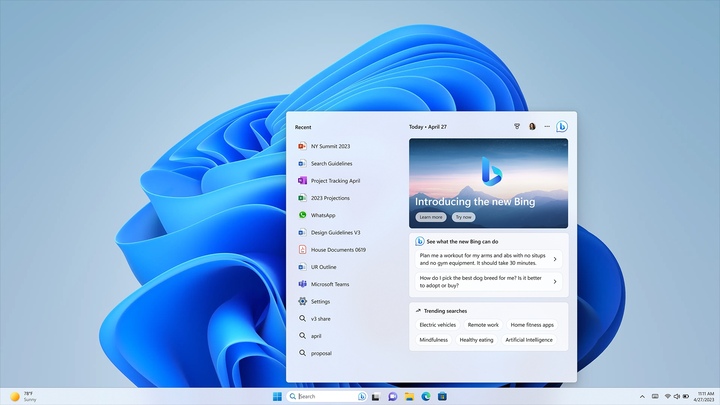Microsoft set to win EU nod on Activision with licensing offer
With its proposal of licencing agreements to rivals, Microsoft Company is anticipated to obtain EU antitrust permission for its 69 billion USD acquisition of Activision, as per three individuals with knowledge of the situation, assisting it to clarify a huge obstacle.

In January of last year, Microsoft introduced its largest-ever bid for Activision to compete with leaders Tencent and Sony in the thriving videogame market and to delve into the metaverse, which are online virtual spaces where individuals may work, play, and interact socially.
Also Read: Microsoft brings iMessage to Windows 11, will it last?
According to the individuals, the European Commission, which is anticipated to make a decision on the contract by April 25, will not require Microsoft to sell off assets in order to gain approval.
According to one of the sources, in addition to licencing deals for competitors, Microsoft might be required to provide other behavioural solutions to appease the worries of parties apart from Sony. Such solutions typically address the merged company’s future actions.
Microsoft said it was “committed to offering effective and easily enforceable solutions that address the European Commission’s concerns.”
Source: finance.yahoo.com
Activision shares were up 2.6 per cent in delayed trade after rising 1.8 per cent in pre-market trading following the publication of the Reuters article.
Over the past month, Microsoft President, Brad Smith, stated that the company was prepared to provide rivals licencing deals to resolve antitrust issues, but it was not going to sell Activision’s remunerative “Call of Duty” franchise.
Smith stated that it is neither feasible nor realistic to believe that one game or one piece of Activision can be detached from the remainder.
Microsoft revealed that it had decided to sign 10-year licencing agreements with Nintendo (7974.T) as well as Nvidia (NVDA.O) to introduce Call of Duty to their respective gaming platforms, with the approvals contingent on the Activision deal being approved.
Also Read: Microsoft Considers $10 Billion Investment in ChatGPT Creator
The deal is facing regulatory challenges in the United Kingdom, where the UK Competition Commission has recommended that Microsoft oust Call of Duty to solve its issues, and in the United States, where the Federal Trade Commission (FTC) has questioned the jury to stop the offer.
“Our commitment to grant long term 100% equal access to Call of Duty to Sony, Steam, NVIDIA and others preserves the deal’s benefits to gamers and developers and increases competition in the market,” a Microsoft spokesperson said.
Source: finance.yahoo.com

I am a student pursuing my bachelor’s in information technology. I have a interest in writing so, I am working a freelance content writer because I enjoy writing. I also write poetries. I believe in the quote by anne frank “paper has more patience than person





